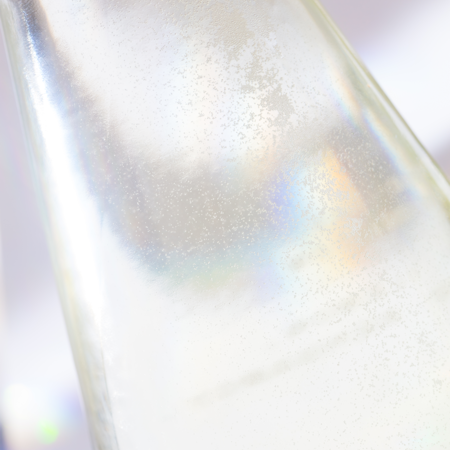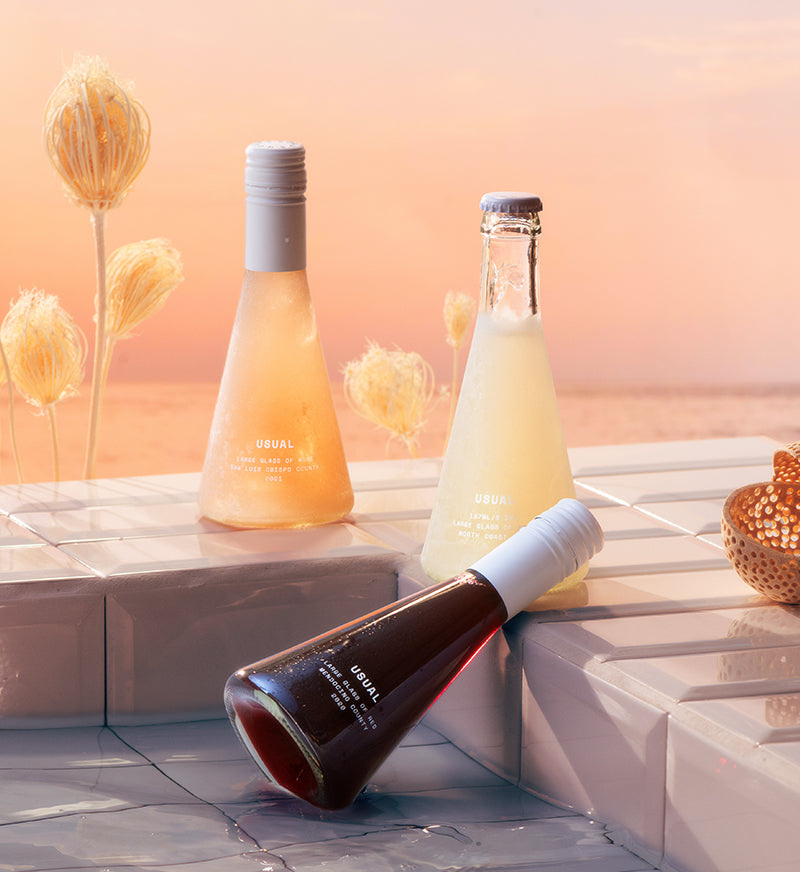Your cart looks a little empty!
Continue Shopping
Best White Wines for Cooking: Exploring Our Favorite Good White Cooking Wines
Whether you fancy yourself a full-fledged home chef or you're just starting to sharpen your culinary skills, cooking with wine can truly make a splash and help your meals sing. With that in mind, we've created this guide to help you select the best white wine for cooking, including the do's and don'ts of choosing a bottle. You'll also get some top tips on what types of white wines to use with a variety of your favorite dishes. Let's dig in.
Are All Wines Cooking Wines?
Technically, the answer to that question is yes. But realistically, not so much. You see, the term "cooking wine" has a couple of meanings. On one hand, any wine that you use during cooking to enhance your food can be considered cooking wine, whether it's red wine, white wine, or rosé wine. These can be great to use in your recipes.
On the other hand, there are wines that are specifically labeled as "cooking wines." While they do have alcohol like regular table wine, these mass-produced products are not actually for drinking. Typically, they're made with loads of salt and preservatives to improve their shelf life. You don't want to use these cooking wines.
Good to know: The old mantra of "location, location, location" doesn't just apply to real estate. When shopping for wine to use in your next recipe, pay attention to where it's located in the grocery store. If it's on the shelf next to salad dressings and white wine vinegar rather than side-by-side with other vinos, it's the kind of "cooking wine" you want to avoid. For more must-have details on the topic, don't miss our complete guide to cooking wine.
The Do's and Don'ts of White Wine for Cooking
While you could always opt for a bottle of white Two-Buck Chuck (hey, no judgment here), we'd like to encourage you to treat yourself — and your food — to something a bit more elevated than the bottom-of-the-barrel cheap stuff.
That's not to say you have to break the bank. On the contrary, you can find a perfectly fine bottle of white wine for cooking in the $10-$20 range, and usually less than $15. A good rule of thumb is to choose a wine that you would enjoy drinking on its own. That way, if a recipe calls for just a small amount of wine (most recipes don't require more than a cup), you can enjoy sipping it as you cook as well as with your meal.
Here's our quick checklist of what to do (and not do) when cooking with wine:
- Choose a dry wine with high acidity and bright citrus notes: Unless you're making dessert, don't use sweet red wines. (They'll only intensify the sweet factor.) A crisp white wine with light fruit flavors, particularly citrus, will liven up savory dishes.
- Choose a wine that's not high in alcohol: To avoid overwhelming your dish with an alcoholic taste, stick to white wines with low alcohol content (under 12.5% ABV).
- Don't go for oaky whites: In general, you want to avoid bold, buttery, oaky wines (think oaked Chardonnays) as they can overpower the dish and render a bitter taste.
- Don't bother splurging: There's a good reason not to spring for a pricey bottle of white wine for cooking. Not only does most of the alcohol burn off, but the heat extinguishes the subtle nuances that a fancier wine presumably offers. Better to save your money for bottles you're going to sip and savor on their own.
7 Best White Wines for Cooking
Dry white wines are excellent for cooking lighter dishes such as poultry, pork, seafood, and vegetables. Below are some specific types of white wine along with the dishes they're suited for most. For more options, take a look at some of our favorite food and wine pairings.
1. Sauvignon Blanc
As far as white wine for cooking goes, you can't go wrong with Sauvignon Blanc. Arguably the most versatile vino for marinades, seafood dishes, and veggies, this white’s pronounced acidity and herbal notes are sure to add depth and zest to everything from delicious Italian risotto to steamed mussels with garlic toasts.
2. Pinot Grigio
With its crisp and refreshing flavor, this white counterpart to Pinot Noir plays nice with a variety of dishes. Use it to brighten up a veggie-centric meals like vegan cauliflower scampi in lemon garlic white wine sauce and light pasta dishes.
3. Chardonnay
As mentioned, when it comes to Chardonnay, opt for unoaked versions that won't become too heavy and bitter as they cook down. A non-oaky version will temper acidity and enhance the rich flavors of cream sauces, like this tarragon chicken with Chardonnay cream sauce.
4. Dry Vermouth
While high-alcohol wines like fortified wines aren't generally a good idea for cooking, there are always exceptions to the rule. Case in point: white dry vermouth. This aromatic, slightly bitter option isn't just for martinis — it's perfect for light proteins like shellfish, chicken, and roasted pork loin with elephant garlic. Bonus: Vermouth has a long shelf life thanks to that fortification!
5. Dry Riesling
While many of the most renowned Rieslings are late-harvest varieties (meaning the grapes were picked later in the growing season and are thus sweeter), you can always opt for a dry Riesling if you're planning to cook with it. The high acidity will add a zesty counterpoint to creamy chicken and won't overpower seafood dishes.
6. Marsala
One of the most well-known cooking wines, Marsala wine is a go-to when it comes to recipe-friendly vinos. It even has a dish named after it — chicken Marsala! Not only is this Italian wine the namesake ingredient in the world's most famous chicken and mushroom dish, but it's also a perfect addition for other recipes with cream sauces, such as mushroom gnocchi. Just make sure you use "secco" Marsala, which is the driest version available.
Good to know: Authentic Marsala wine comes from Sicily. Be sure to read the wine label to verify its origin so you know you’re getting the real deal. If you don't happen to have any Marsala wine on hand for your recipe, you can swap it with Madeira wine.
7. Champagne
Remember that part where we said there's no need to splurge on a fancy bottle of wine if you're simply going to cook with it? That advice still stands, so when we say Champagne, we're really referring to any dry sparkling wine. More than just for sipping, you can use bubbly in an array of recipes, spanning breakfast, lunch, and dinner. (Champagne pancakes, anyone?)
Good to know: Usual Brut is a deliciously dry sparkling wine with notes of lemon, elderflower, and bergamot. Made with absolutely no added sugars or anything artificial, this low-carb wine is perfect for whipping up your favorite dishes as well as drinking straight out of the bottle. How's that for an easy cooking experience?
Try Usual Brut Usual Brut is a dry and effervescent sparkling wine with notes of lemon, elderflower, and bergamot. 
Get Cooking With White Wine
As if you needed another reason to love wine, cooking with it can be just as enjoyable as drinking it straight. Although not all "cooking wine" is created equal, a dry, crisp white wine is the quintessential ingredient that can elevate an everyday dish into a special meal.
From a zesty Sauvignon Blanc and refreshing Pinot Grigio to a dry Riesling and crisp sparkler, there are plenty of white wines for you to have fun with in the kitchen. So what are you waiting for? It's time to get cooking.
Sign up for 15% off your first order of Usual Wines 
Share
